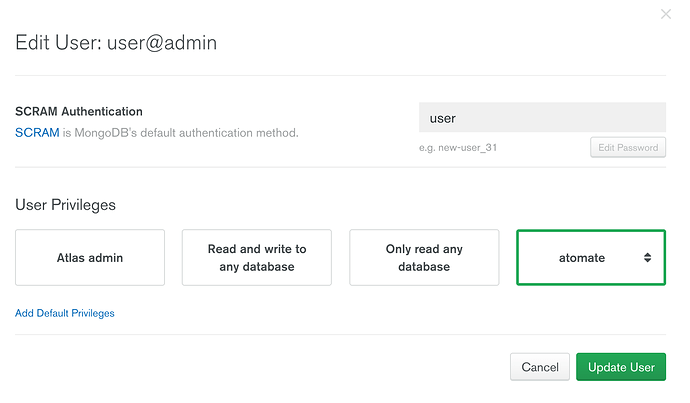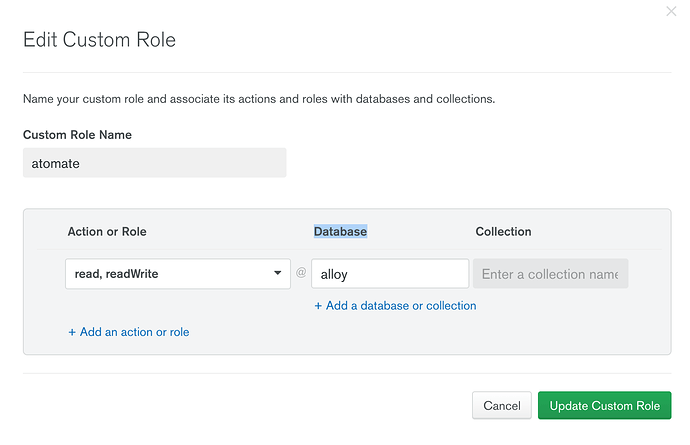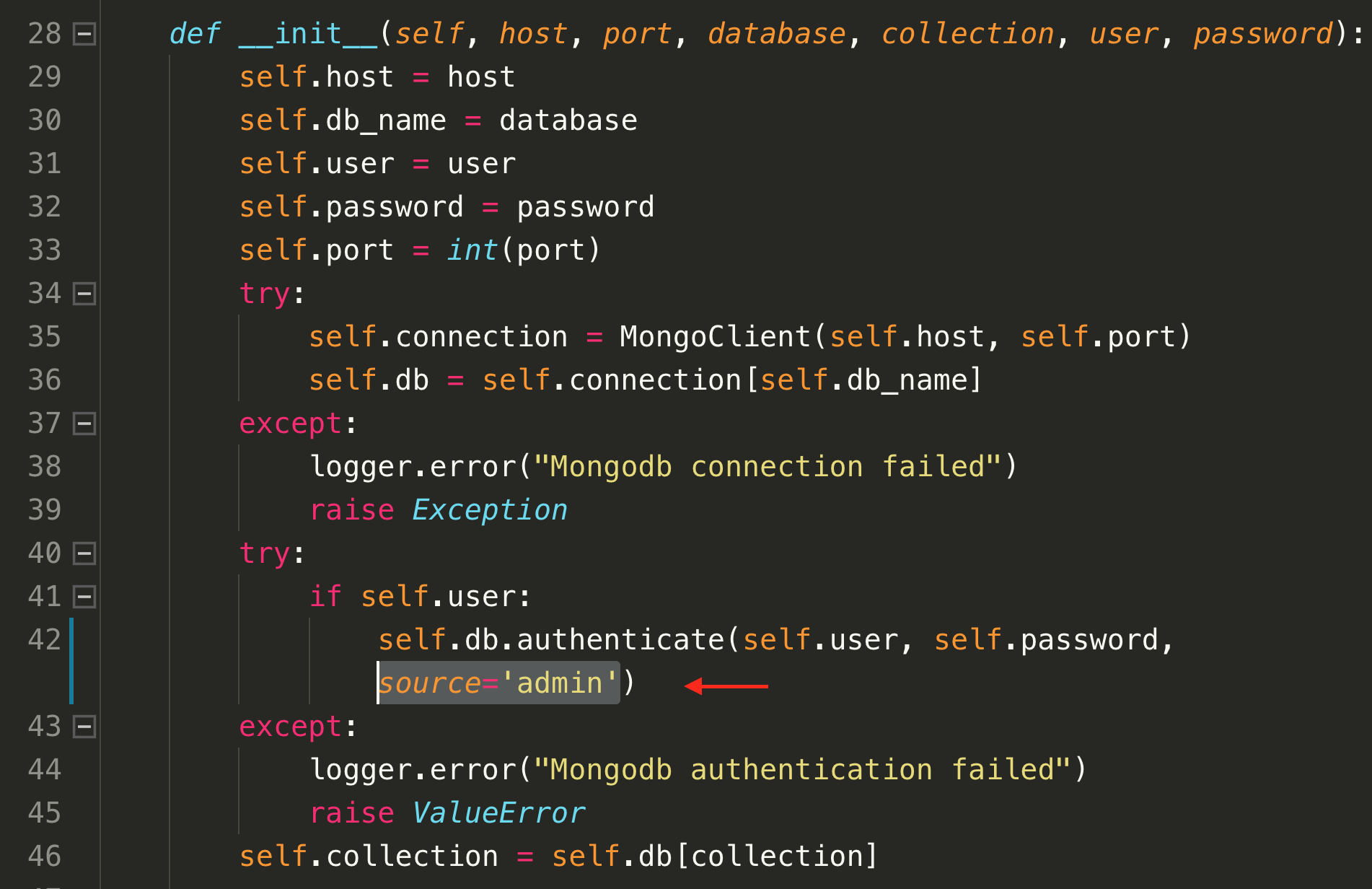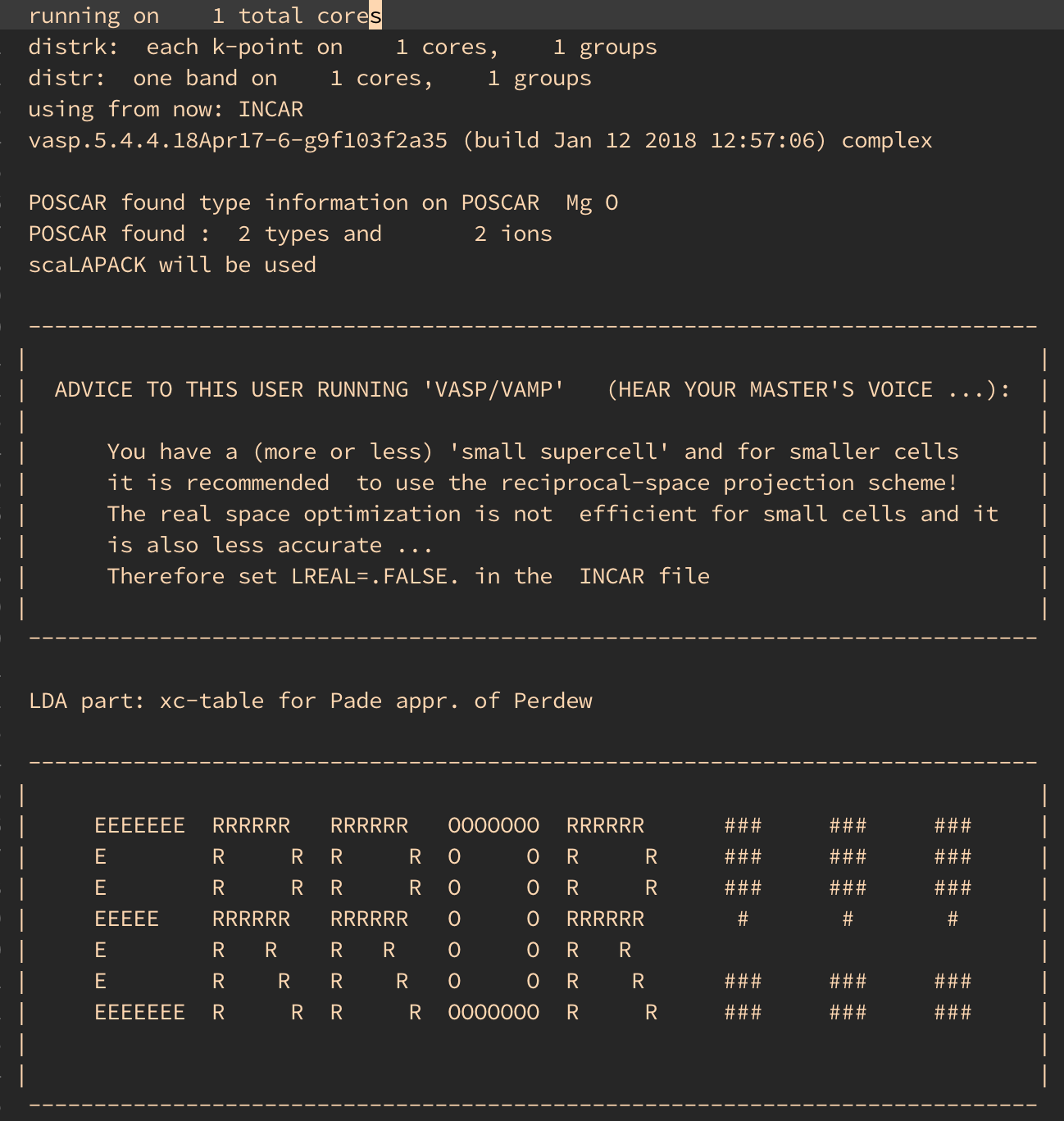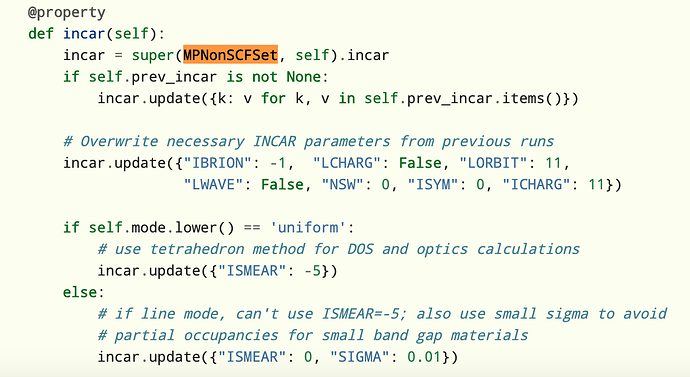Hi,
I am trying to setup atomate on supercomputer clusters that I can submit jobs from my laptop. I have read the Fireworks tutorial “Executing workflows on different types of computing resources”, I can submit jobs to the database and rlaunch or qlaunch -r to pick up the jobs in a cluster, but I am still quite confused. In specific, (a) how to specify which clusters to use in the spec so that the right clusters can pick the right jobs; (b) how to specify nodes upon job submission? I guess it needs to change this in the my_qlaunch.yaml that changes the template submission file; © how to do (a-b) jobs in python? I have now configured the public/private keys that I can login ssh passwordlessly in command line, but not in python. I guess this is due to the the OPENSSH not is supported yet in paramiko (see issue).
But before all of these, I still have problems performing a benchmark calculation first. The example was using the MgO band structure scrip as given in the tutorial.
However, the firework is fizzled and I received the authentication errors as follow.
Traceback (most recent call last):
File “/home/zzhang/atomate/atomate_env/lib/python3.6/site-packages/atomate/utils/database.py”, line 42, in init
self.db.authenticate(self.user, self.password)
File “/home/zzhang/atomate/atomate_env/lib/python3.6/site-packages/pymongo/database.py”, line 1274, in authenticate
connect=True)
File “/home/zzhang/atomate/atomate_env/lib/python3.6/site-packages/pymongo/mongo_client.py”, line 614, in _cache_credentials
sock_info.authenticate(credentials)
File “/home/zzhang/atomate/atomate_env/lib/python3.6/site-packages/pymongo/pool.py”, line 688, in authenticate
auth.authenticate(credentials, self)
File “/home/zzhang/atomate/atomate_env/lib/python3.6/site-packages/pymongo/auth.py”, line 563, in authenticate
auth_func(credentials, sock_info)
File “/home/zzhang/atomate/atomate_env/lib/python3.6/site-packages/pymongo/auth.py”, line 538, in _authenticate_default
return _authenticate_scram(credentials, sock_info, ‘SCRAM-SHA-1’)
File “/home/zzhang/atomate/atomate_env/lib/python3.6/site-packages/pymongo/auth.py”, line 262, in _authenticate_scram
res = sock_info.command(source, cmd)
File “/home/zzhang/atomate/atomate_env/lib/python3.6/site-packages/pymongo/pool.py”, line 579, in command
unacknowledged=unacknowledged)
File “/home/zzhang/atomate/atomate_env/lib/python3.6/site-packages/pymongo/network.py”, line 150, in command
parse_write_concern_error=parse_write_concern_error)
File “/home/zzhang/atomate/atomate_env/lib/python3.6/site-packages/pymongo/helpers.py”, line 155, in _check_command_response
raise OperationFailure(msg % errmsg, code, response)
pymongo.errors.OperationFailure: Authentication failed.
Many thanks for your kind helps.
Best regards,
Zezhong

